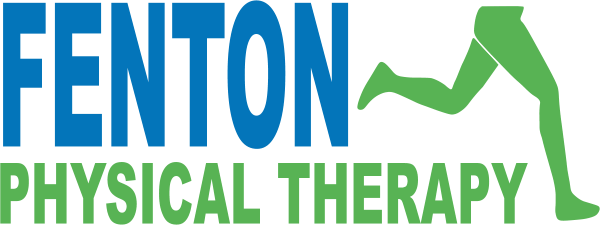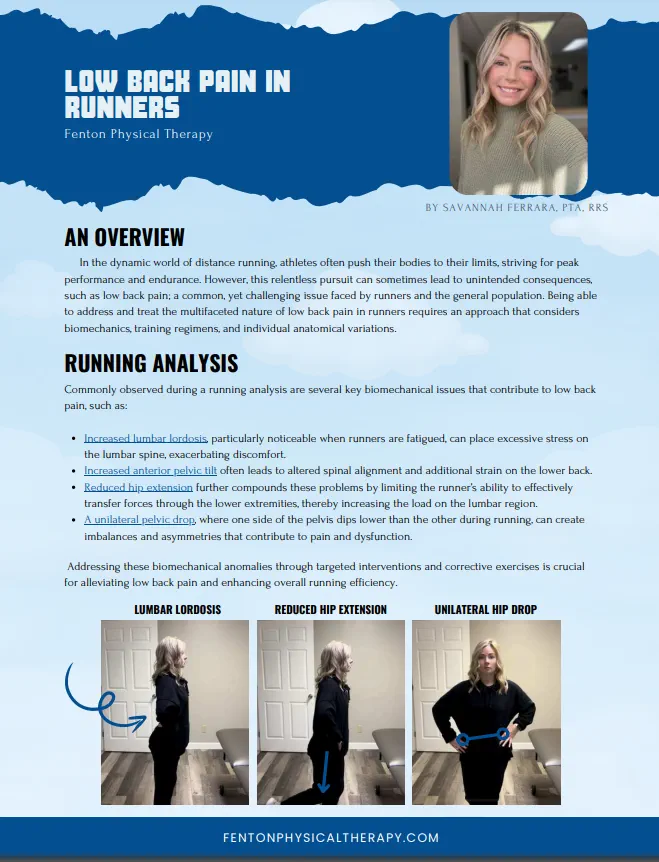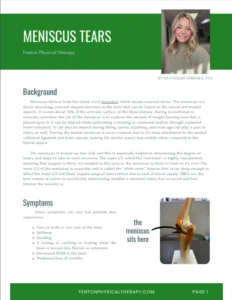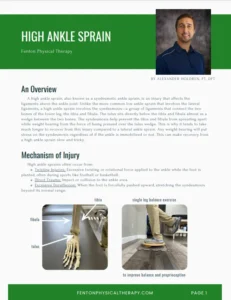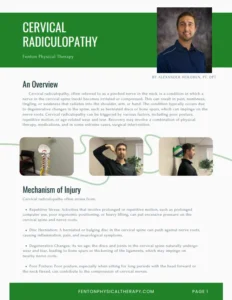AN OVERVIEW
In the dynamic world of distance running, athletes often push their bodies to their limits, striving for peak performance and endurance. However, this relentless pursuit can sometimes lead to unintended consequences, such as low back pain; a common, yet challenging issue faced by runners and the general population. Being able to address and treat the multifaceted nature of low back pain in runners requires an approach that considers biomechanics, training regimens, and individual anatomical variations.
RUNNING ANALYSIS
Commonly observed during a running analysis are several key biomechanical issues that contribute to low back pain, such as:
- Increased lumbar lordosis, particularly noticeable when runners are fatigued, can place excessive stress on the lumbar spine, exacerbating discomfort.
- Increased anterior pelvic tilt often leads to altered spinal alignment and additional strain on the lower back.
- Reduced hip extension further compounds these problems by limiting the runner’s ability to effectively transfer forces through the lower extremities, thereby increasing the load on the lumbar region.
- A unilateral pelvic drop, where one side of the pelvis dips lower than the other during running, can create imbalances and asymmetries that contribute to pain and dysfunction.
LOW BACK PAIN IN
Addressing these biomechanical anomalies through targeted interventions and corrective exercises is crucial for alleviating low back pain and enhancing overall running efficiency.
DOWNLOAD THE PDF FOR ILLUSTRATIONS
LIMITED ANTERIOR HIP MOBILITY
Static examinations often reveal limited anterior hip mobility, but this finding may not always align with observations of reduced maximal hip extension during running. This discrepancy underscores the crucial role of neuromuscular control involving the low back, pelvis, and hip, beyond just passive tissue extensibility.
Athletes are adept at compensating for such limitations, which can mask underlying issues. It is essential to assess not only the flexibility of the anterior hip but also the neuromuscular control, strength, and endurance of the abdominal, lower back, and gluteal muscles, particularly in individuals presenting with increased anterior pelvic tilt or lumbar lordosis.
MANAGEMENT & TREATMENT
The initial treatment for runners with low back pain mirrors that for non-runners: it emphasizes staying active and avoiding prolonged bed rest. Given that many runners are deeply passionate about their sport, it is advisable to continue running, though at a reduced volume and intensity. To support ongoing participation, efforts should be made to minimize mechanical stress on the body. This might include modifying footwear, retraining gait to shorten stride length and increase step rate. If running continues to exacerbate symptoms, a temporary break may be necessary.
Early physical therapy is recommended for managing low back pain, as a targeted approach addressing specific symptom-triggering factors can significantly enhance treatment outcomes. Strengthening the abdominal, lower back, and gluteal muscles is crucial for runners with low back pain, as inadequate endurance in these areas often leads to compensatory anterior pelvic tilt and increased lumbar lordosis.
CONCLUSION
When resuming running after a period of reduced activity or complete cessation, it is essential to implement a gradual return-to-running program. This gradual approach is especially important for runners exhibiting yellow flag indicators, as it helps ensure a safe and effective reintroduction to running activities.
